In a memo released on April 2, the US Office of Science and Technology Policy (OSTP) said federal agencies will standardize time on celestial bodies, with an initial focus on the Moon and missions in lunar orbit. NASA expects to complete CLT by 2026.
In layman's terms, humans need a system to synchronize time on Earth with time on the Moon, because the lower gravity on the Moon causes time there to move slightly faster than on Earth – just 58.7 microseconds behind 24 Earth hours.
This isn't science fiction, even though it's featured in Hollywood blockbusters like Interstellar. The speed of time is affected by gravity.
Although small, the time difference can cause problems in synchronizing satellites and space stations in lunar orbit.
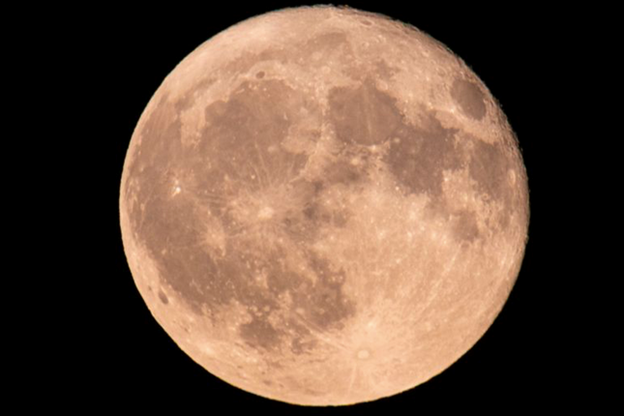
Many countries are racing to explore the Moon's potential. (Photo: Getty)
People on Earth use UTC (Coordinated Universal Time) to synchronize time zones around the world . UTC is determined by more than 400 atomic clocks in “time laboratories” in about 30 countries around the world. Atomic clocks use the vibrations of atoms to achieve extremely high precision in measuring time.
According to Tuoi Tre, NASA plans to send astronauts to the surface of the Moon, starting in September 2026, under the Artemis program.
The program also aims to establish a scientific base on the Moon to serve as a springboard for future missions to Mars. Dozens of countries, companies and spacecraft are involved in the effort.
Reuters news agency quoted an OSTP official as saying that without LTC, it would be difficult to ensure data transmission between spacecraft and communications between Earth, lunar satellites, bases and astronauts are synchronized.
Setting LTC time may require placing an atomic clock on the Moon.
According to the memorandum, establishing an LTC requires international consensus through existing standards bodies and the 36 countries that have signed the Artemis Accords – a pact aimed at establishing rules for peaceful exploration of the Moon.
Russia and China, America's two main rivals in space, have yet to sign the agreement.
KHANH LINH (t/h)
Source


![[Photo] President Luong Cuong attends the 50th Anniversary of Laos National Day](/_next/image?url=https%3A%2F%2Fvphoto.vietnam.vn%2Fthumb%2F1200x675%2Fvietnam%2Fresource%2FIMAGE%2F2025%2F11%2F27%2F1764225638930_ndo_br_1-jpg.webp&w=3840&q=75)
![[Photo] Prime Minister Pham Minh Chinh chairs the 15th meeting of the Central Emulation and Reward Council](/_next/image?url=https%3A%2F%2Fvphoto.vietnam.vn%2Fthumb%2F1200x675%2Fvietnam%2Fresource%2FIMAGE%2F2025%2F11%2F27%2F1764245150205_dsc-1922-jpg.webp&w=3840&q=75)




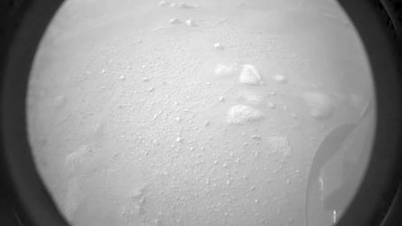

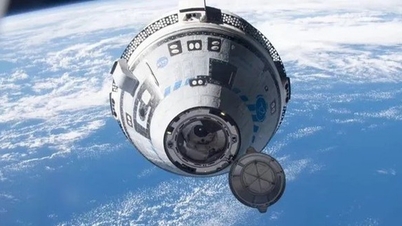

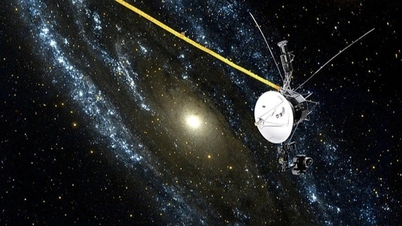

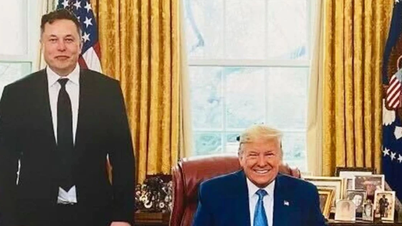





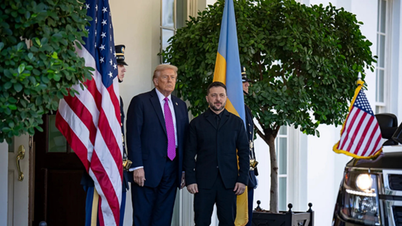
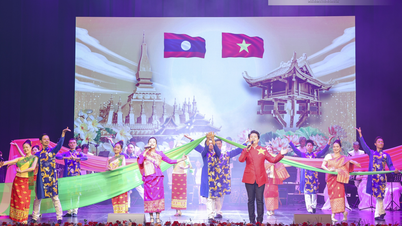

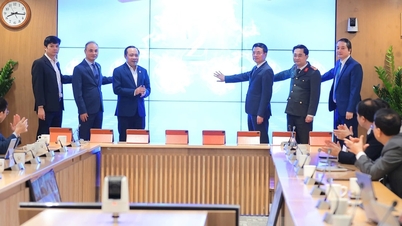
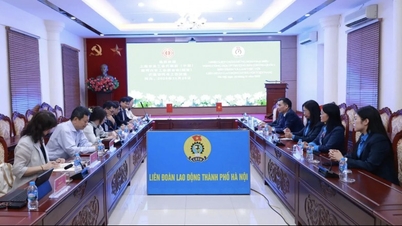
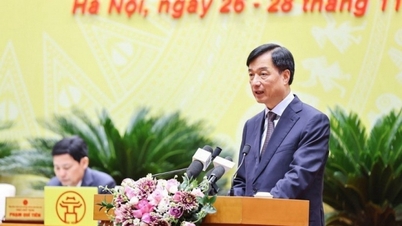









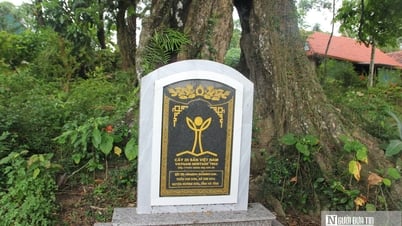


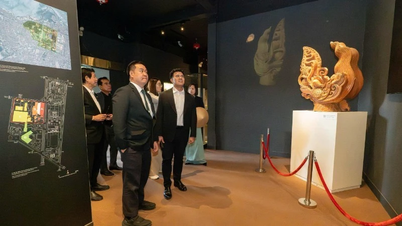




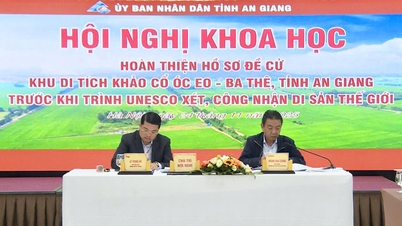








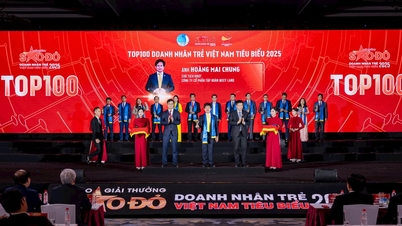



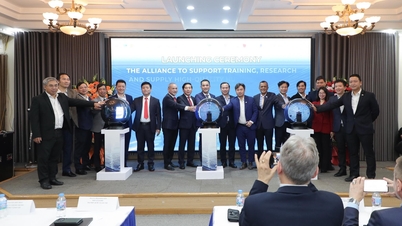





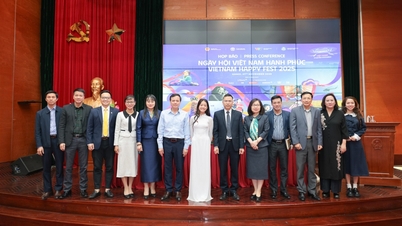












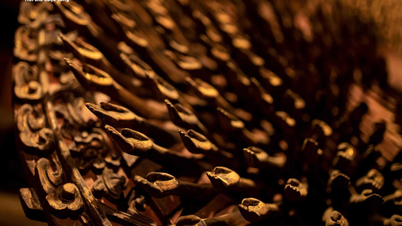

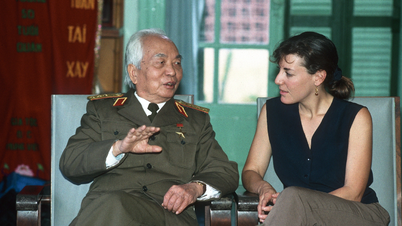

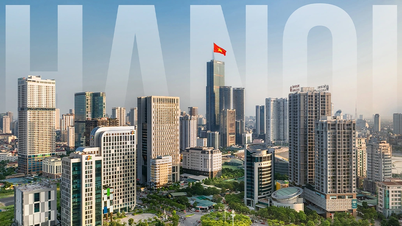



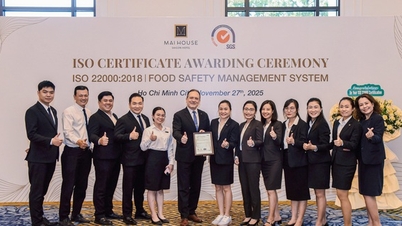
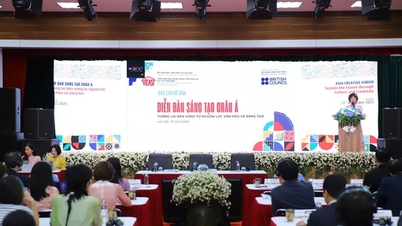

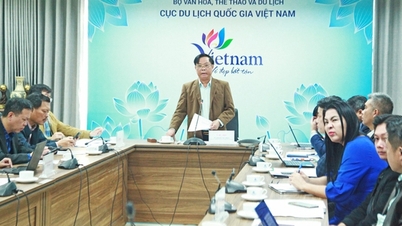
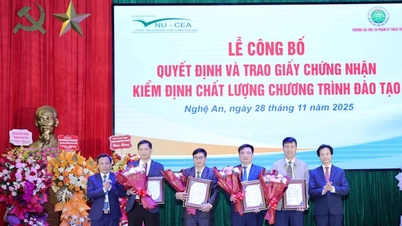








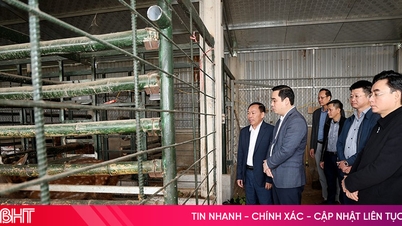

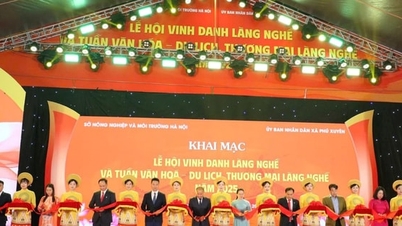


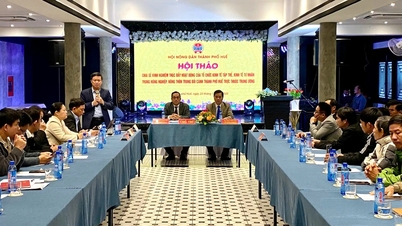









Comment (0)